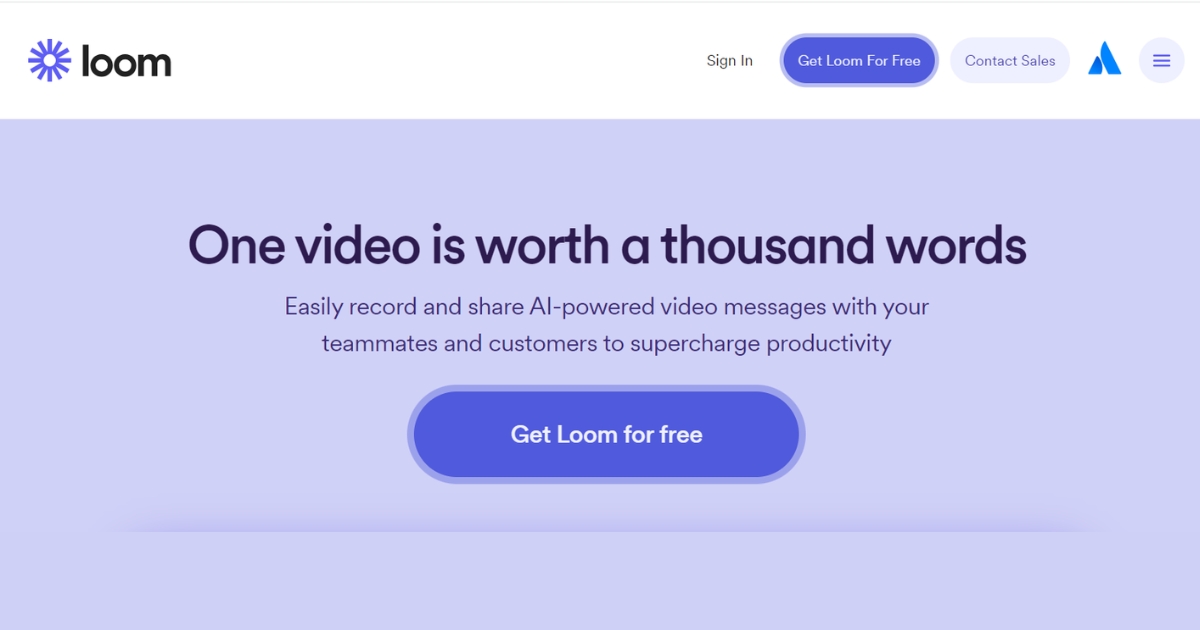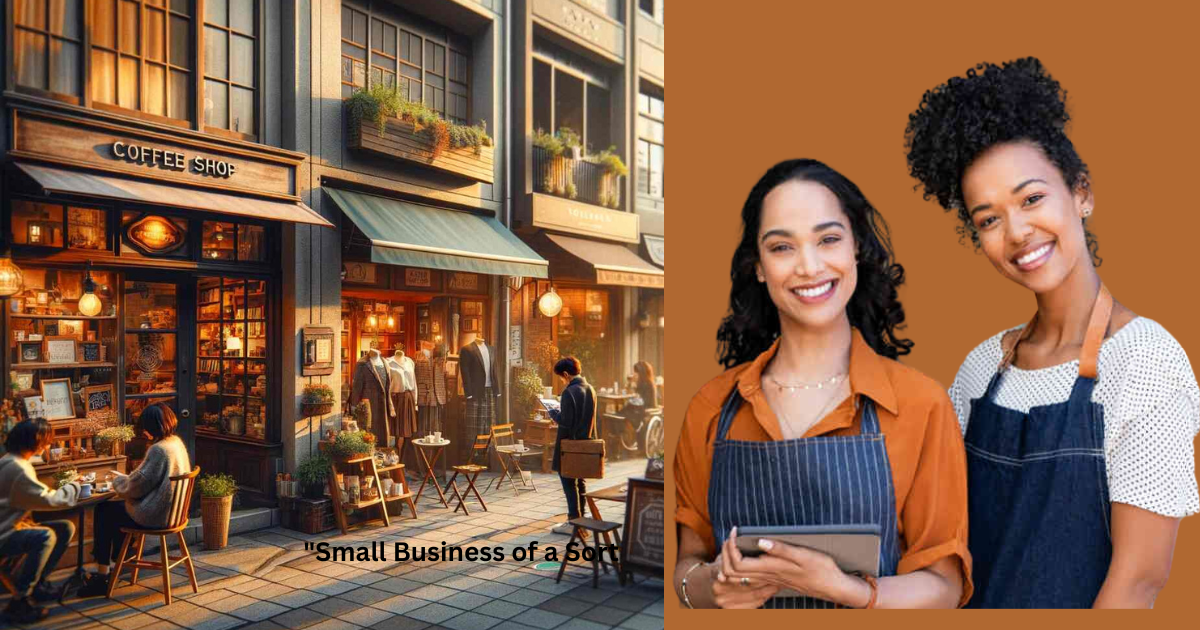In a world where our choices matter more than ever, it’s crucial to grasp the impact of textile production on our planet. Textile manufacturing contributes significantly to environmental challenges, from water pollution to energy consumption. The fashion industry, while a source of creativity and expression, has a hidden toll on the environment. This article aims to shed light on the brief overview of what fabric is best for the environment and emphasizes the importance of choosing sustainable fabrics. Let’s delve into the details of why our fashion choices can be a powerful force for positive change.
Table of Contents
ToggleUnderstanding Environmental Impact
Fashion’s glamour often hides the less attractive truth—the industry’s significant environmental footprint. Textile production, from raw material cultivation to manufacturing processes, contributes to water pollution, energy consumption, and the release of harmful chemicals. It’s time to lift the veil and consider the life cycle of our fabrics, recognizing the need for sustainable practices to mitigate the environmental toll.
Introduction to Key Factors for Evaluating Fabric Sustainability
As we navigate the path to sustainable fashion, understanding key factors becomes imperative. These factors act as a compass in our journey toward eco-friendly choices. Let’s take a closer look at three pivotal aspects: biodegradability, resource use, and production processes.
Biodegradability: The Fabric’s Final Bow
The biodegradability of a fabric determines its ability to break down naturally at the end of its life cycle. Fabrics that decompose easily leave a minimal environmental footprint. In this realm, materials like organic cotton and Tencel shine, offering not just comfort but also a graceful exit from the fashion stage.
Resource Use: The Water and Land Equation
Water and land are precious resources, and their conservation is integral to sustainable fabric choices. Organic cotton, despite its water requirements, stands as a purist’s choice due to reduced chemical use. On the other hand, hemp and bamboo showcase minimal water needs, making them champions in the resource conservation arena.
Production Processes: The Eco-Friendly Symphony
The journey from raw material to the final garment involves intricate production processes. Closed-loop processes, as seen in the production of Tencel, are eco-friendly, minimizing chemical waste. Fabrics made from recycled materials champion sustainable practices by reducing the need for new resources, showcasing the importance of mindful production.
Criteria for Eco-Friendly Fabrics
Renewability, Water Usage, Chemical Usage, Energy Consumption, and Biodegradability. These are the benchmarks for eco-friendliness. When choosing sustainable fabrics, we need to ask questions that go beyond style and comfort.

Organic Cotton: Embracing Purity
Organic cotton, cultivated without synthetic pesticides or fertilizers, is a beacon of purity in sustainable fashion. Beyond its soft touch and comfort, it promotes soil health and reduces water contamination. Though it requires substantial water and land resources, its overall environmental impact is commendable.
Criteria for Eco-Friendly Fabrics
Renewability, Water Usage, Chemical Usage, Energy Consumption, and Biodegradability. These are the benchmarks for eco-friendliness. When choosing sustainable fabrics, we need to ask questions that go beyond style and comfort.
Organic Cotton: Embracing Purity
Organic cotton, cultivated sans synthetic pesticides or fertilizers, promotes soil health and reduces water contamination. While it requires significant water and land, its overall impact is commendable. Consider it a purist’s choice in sustainable fashion.
Hemp: Nature’s Gift
Enter hemp, a fast-growing, versatile plant requiring minimal water and no pesticides. Hemp fabrics are durable and breathable, ticking all the boxes for sustainability. The environmental impact? Minimal. Mother Nature approves.
Tencel/Lyocell: Nature’s Symphony
Tencel, derived from wood pulp in sustainably managed forests, boasts a closed-loop production process. Minimal chemical waste, biodegradability, and a soft touch make it a sustainable symphony. Tencel harmonizes with nature.
Recycled Fabrics: A Second Chance
Fabrics from recycled materials—polyester or post-consumer cotton—reduce demand for new resources. It’s a second chance for materials that might otherwise end up in landfills. Plus, it requires less energy to produce. Sustainability with a hint of nostalgia.
Bamboo: The Fast and the Green
Bamboo, a fast-growing plant with minimal water needs, presents an eco-friendly allure. However, the devil is in the details—manufacturing processes matter. Seek out bamboo fabrics produced through environmentally friendly methods for a genuinely green choice.
Upcycled Fabrics: Creativity Meets Sustainability
Ever heard of upcycled fabrics? They breathe new life into existing materials, reducing the need for fresh resources. Vintage textiles, discarded clothing, or surplus fabrics transform into unique, sustainable pieces. It’s fashion with a creative, eco-conscious twist.

Where to Sell Upcycled Clothing
The beauty of upcycled clothing extends beyond your wardrobe—consider sharing your unique creations with the world. Online platforms like Etsy, Depop, and even local markets provide excellent avenues to showcase and sell your one-of-a-kind upcycled pieces. Embrace the spirit of sustainability not just in your fashion choices but also in how you contribute to the fashion ecosystem. Your upcycled clothing might find a new home and a mindful owner who appreciates the artistry of sustainable fashion. Keep reading about Where to Sell Upcycled Clothing.”
Comparative Analysis: The Eco-Showdown
Picture a fashion eco-showdown where fabrics battle for the crown of sustainability. A comparative analysis, considering carbon footprint, water usage, and overall ecological impact, is crucial. Let’s break it down.
Side-by-Side Comparison of Different Fabrics
In the quest for sustainable fashion, a side-by-side comparison of different fabrics becomes essential. Understanding the nuances of each material’s impact allows consumers to make informed choices, aligning with their environmental values.
Consideration of Factors: Water Usage, Energy Consumption, and Biodegradability
The battle isn’t just about aesthetics; it’s about the planet. Water usage, energy consumption, and biodegradability become the metrics of evaluation. How much water does a fabric consume? How much energy is involved in its production? Can it return to the earth naturally at the end of its life? These questions guide us toward fabrics that not only look good but also do good.
Organic Cotton vs. Hemp: A Clash of the Titans
Organic cotton champions purity, but hemp claims nature’s crown. The battlefield includes water consumption, land use, and overall environmental impact. Your choice? A personal eco-victory.
Tencel vs. Recycled Fabrics: Battle of the Titans
In one corner, Tencel, the refined wood pulp warrior. In the other, recycled fabrics, the phoenix rising from discarded materials. Who wins in the eco-arena? It depends on your values—nature’s embrace or waste redemption.
Bamboo vs. Upcycled Fabrics: The Green Duel
Bamboo’s rapid growth faces off against the creative resurrection of upcycled fabrics. The winner? Whose eco-story resonates with you—the speedy green giant or the imaginative reincarnator?
Organic Cotton vs. Hemp: A Clash of the Titans
Organic cotton champions purity, but hemp claims nature’s crown. The battlefield includes water consumption, land use, and overall environmental impact. Your choice? A personal eco-victory.
Tencel vs. Recycled Fabrics: Battle of the Titans
In one corner, Tencel, the refined wood pulp warrior. In the other, recycled fabrics, the phoenix rising from discarded materials. Who wins in the eco-arena? It depends on your values—nature’s embrace or waste redemption.
Bamboo vs. Upcycled Fabrics: The Green Duel
Bamboo’s rapid growth faces off against the creative resurrection of upcycled fabrics. The winner? Whose eco-story resonates with you—the speedy green giant or the imaginative reincarnator?
Consumer Tips for Sustainable Choices
- Brand Exploration: Dive into brands committed to sustainability and transparent supply chains.
- Certification Check: Look for organic or eco-friendly certifications on clothing tags.
- Quality Investment: Choose high-quality, durable pieces that endure, reducing the need for frequent replacements.
- Second-Hand Adventures: Explore thrift stores and second-hand markets for treasures that extend the life of clothing.
- Careful Washing: Follow garment care instructions, extending their lifespan and minimizing replacements.
Conclusion
The path to a sustainable wardrobe involves more than fashion—it’s a lifestyle. As we demand eco-friendly options, the textile industry adapts, embracing innovative and responsible practices. Each fabric tells a story, and in our choices, we shape the narrative of a greener, conscious future. Let’s dress not just for today but for the sustainable chapters we want to write in the story of tomorrow.






















